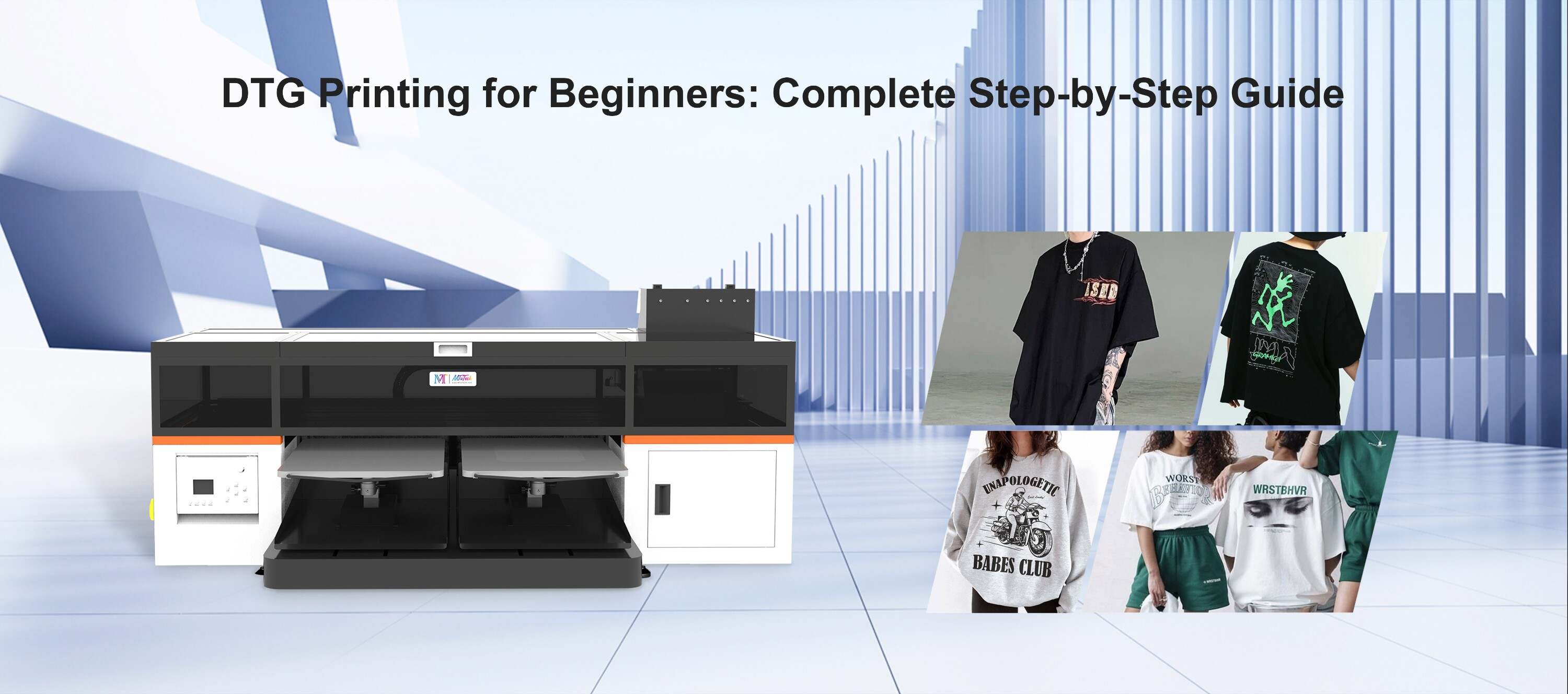Direct-to-garment (DTG) printing is popular due to the freedom it provides in generating custom designs. However, for these designs to stay vibrant and durable over time, the right finishing techniques are essential. Finishings not only improve the visual appeal of the design but also enhance its lifespan. In this post, we will walk you through the top finishing techniques for DTG-printed garments.
Introduction to DTG Printing and Finishing
Digital printing serves as a cutting-edge technology that significantly enhances the quality of prints on garments. In DTG printing, a printer directly applies the ink onto the garment using inkjet technology. The inks then bond with the fibers of the garment, resulting in high-quality, durable designs.
Finishing techniques, on the other hand, are processes that follow DTG printing, which aims to enhance the garment's look and durability. These techniques are crucial in the success of DTG printed garments, adding an excellent touch to the final product.
Benefits of Proper Finishings on DTG Printed Garments
The use of finishings on DTG-printed garments comes with significant benefits that contribute to the product's overall appeal. Let's delve into these advantages:
Enhanced Durability - Finishings add a protective layer that increases the garment’s resistance against wear-and-tear and washes.
Vibrant and Crisp Details - Certain finishing techniques enhance the sharpness and vibrancy of the print, giving richer, more vivid designs.
Tactile Experience - Finishings can produce a range of tactile effects that can enhance the wearer's experience, making the garment more appealing and unique.
Top Finishing Techniques
Now, let's discuss some of the top finishing techniques used in DTG printing:
Heat Pressing
Heat pressing is one of the essential finishing techniques in DTG printing. This process applies a combination of heat and pressure to the garment after printing, triggering a chemical reaction that makes the ink bond permanently with the fabric. Not only does heat pressing enhance the color vibrancy, but it also improves the washability of the garment.
Screen Printing Finishings
While primarily a method of printing, screen printing can also be used as a finishing technique to enhance DTG-printed garments. Screen print finishings like high-density inks, gloss inks, or puff inks can give your garment a unique, textured look and feel.
Embroidery
Incorporating embroidery with DTG printing can create an ornate, textured look. You could create a remarkable combination by using DTG printing for intricate and colorful designs and embroidering key elements for added texture.
Choosing the Right DTG Printer
While finishings play a significant role in enhancing your garments, the quality of the DTG printer also greatly affects the end product. The ideal DTG printer should produce high-quality, vivid images with efficiency and precision. Comfortable to operate, it should provide ease in printing full-color images on light and dark garments. Explore our high-quality DTG printers here to find the perfect match for your printing needs.
FAQ section
Why are finishings useful for DTG printed garments?
Finishings not only enhance the visual appeal of the print but also protect the design from wear, tear, and washes. They can provide extra texture, make the colors more vibrant, and generally extend the life of the garment.
What is the most common technique used for finishing DTG printed garments?
Heat pressing is the most common finishing technique used in DTG printing. It uses heat and pressure to bond the ink permanently with the fabric, enhancing the color vibrancy and improving the washability of the garment.
Can I use embroidery as a finishing technique for my DTG-printed garments?
Yes, embroidery can be combined with DTG printing to create a unique look. Embroidering key elements can add texture and depth to your design.
Conclusion
The right finishing techniques can significantly enhance the longevity and visual appeal of your DTG-printed garments. Whether you choose heat pressing, screen printing finishings, embroidery, or others, always remember that the quality of your DTG printer also plays an essential role in the success of your final product.

